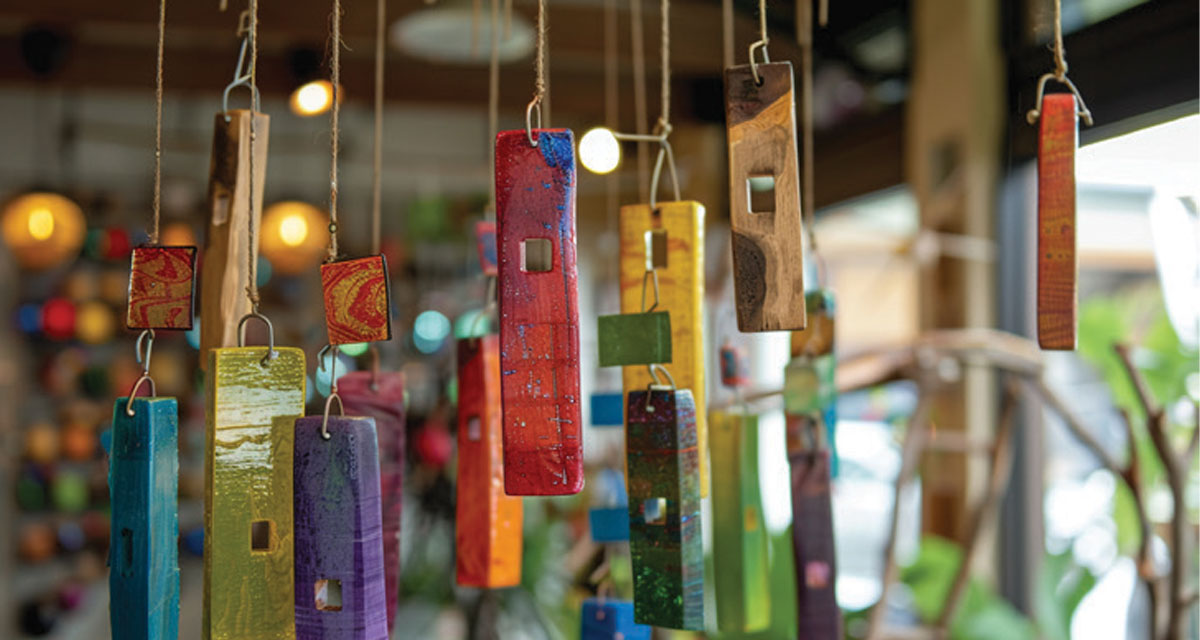When the wind turns cooler, and you can smell the pumpkin spice in the air…you know Halloween is not far behind. Whether you love to go all out with the decorations; help your child pick (or make) the perfect costume; whip up fabulous treats, or just lie low during this time, Halloween has some spooky history that you may not be aware of.
Halloween started out nothing like the happy holiday chock full of Trick or Treating, pumpkin carving, and bags filled with candy we know and love today. No, Halloween evolved from the ancient Celtic holiday of Samhain (pronounced SAH-win). Samhain was a pagan religious festival with the tradition of welcoming in the harvest and ushering in “the dark half of the year.” People celebrating this festival believed that the barriers between the physical world and the spirit world could be crossed over during this time. As Christianity spilled into Celtic lands, the church picked up some of these rituals, combining them with its own. Over the centuries, Halloween changed from a pagan ritual into what we enjoy today.
Halloween really gained popularity in the United States in the 1840s due to the massive influx of Irish immigrants escaping the Potato Famine. In past generations, Halloween was identified closely with mischief, such as throwing cabbages and stealing garden gates. These days, there are still plenty of Halloween pranks to watch out for, such as egging houses or hanging toilet paper from tree branches…and such antics can result in hefty fines.
The first “haunted houses” opened to the public in 1915, but their Halloween heyday arrived during the Great Depression. People built primitive haunted houses that twisted through creaky buildings and basements and spooked local children. They were a great attraction and had the bonus of keeping kids from participating in destructive pranks.
Halloween costumes and the idea of Trick or Treating started out very different than what we think of today. Until the 1920s, most Halloween costumes were handmade by the costume wearer or their family. By the 1950s, manufactured costumes were available in stores. How can any of us (of a certain age) forget the costume in a box with the plastic mask held on with an elastic band and the “apron” costume that tied in the back?
When Trick-or-Treating started to become popular in the 1930s and early 1940s, children could expect anything from homemade cookies and pieces of cake to fruit, nuts, coins, and toys. It wasn’t until the 1950s that candy manufacturers began to get in on the act and promote their products for Halloween. And it wasn’t even until the 1970s that wrapped, factory-made candy was seen as the most acceptable thing to hand out to Trick or Treaters at the door. Parents had become much more safety conscious and were worried about the dangers of food tampering with homemade treats.
Beginning in the 1990s, Halloween parties and “Trunk-or-Treat” events emerged as a safer alternative to Trick-or-Treating. Children would gather candy from the opened trunks of cars parked together in a designated parking lot. The new tradition inspired creative car decorations and carnival-type activities where prizes could be won. This is also known as “Halloween tailgating.”
Halloween has become a true national event. Today, over 179 million Americans celebrate the holiday and spend about $9.1 billion on it per year, according to the National Retail Federation. Costumes, home decorations, competitions for who has the best candy, and elaborate Halloween parties have helped this holiday evolve into something so much more extravagant than its humble beginnings. For most children and adults alike, it is loved and highly anticipated, and a good time to get out and enjoy conversation with neighbors, compare costumes, and consume as much candy as possible.























